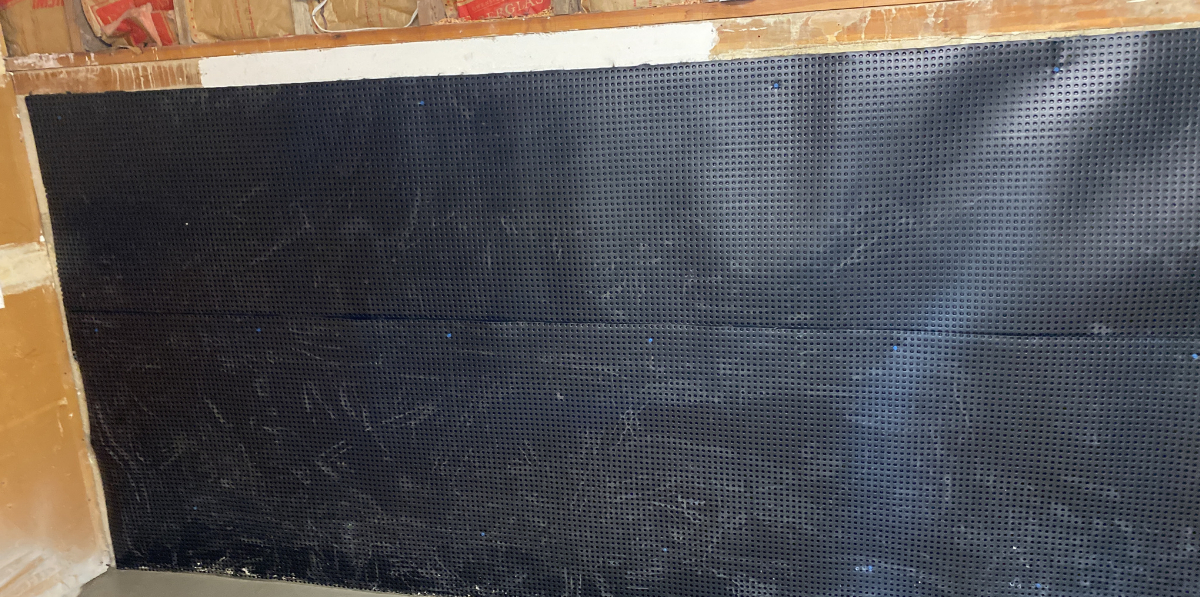Understanding Basement Condensation
Basement condensation, commonly referred to as sweating, occurs when humid air interacts with cooler indoor temperatures, resulting in the formation of droplets. These droplets can lead to rust on metal surfaces, damage carpets, and promote the growth of mold and mildew.
If you're dealing with basement condensation, you might not even be aware of it. Condensation can appear regardless of how dry your home seems or how frequently you use your basement and many homeowners overlook this issue. Here’s what you need to know about recognizing and preventing basement condensation.

How to Detect Basement Condensation
It’s crucial to understand the signs of basement condensation before delving deeper into the topic. Identifying these signs can help you pinpoint condensation as the potential culprit. Here are some common indicators:
- High humidity in other areas of the home
- Sagging or bouncy floors
- Presence of mold and mildew
- Respiratory issues among household members
While these signs do not definitively prove that you have basement condensation, they suggest elevated humidity levels in the basement which often leads to condensation problems. Regardless, these indicators warrant a consultation with an expert.
Issues Caused by Basement Condensation
The most significant impact of basement condensation is felt right there in the basement. As the name suggests, condensation tends to affect the basement environment the most. It can accumulate on various surfaces, particularly on cooler items like cold water pipes.
When condensation gathers, it can create standing water puddles throughout your basement, which you might not have noticed before. This buildup is crucial to understanding the challenges you're facing in your basement. It can lead to elevated humidity levels leading to mold and mildew growth, and even structural damage.
The issues stemming from basement condensation can extend beyond the basement itself. When problems arise in the basement, they often manifest in other areas of the home. Since many of these issues can migrate upward, it's essential to monitor your basement to prevent these concerns from affecting your entire living space.
Consider that the basement usually has a door connecting it to the rest of the house. Even with a well-fitting door, drafts are likely to occur. While these drafts might seem insignificant, if the basement environment is already compromised, they can exacerbate problems in both the basement and the rest of your home.
To grasp the full scope of basement condensation, it’s important to recognize that it doesn’t happen in isolation. Condensation forms in areas of high humidity where cooler surfaces are present. So, where does that humidity come from?
More often than not, the source is external. For instance, if your basement walls have cracks due to hydrostatic pressure, you're more likely to experience condensation. This situation indicates that hydrostatic pressure is causing issues throughout your property. Understanding the interconnectedness of these factors is crucial, which is why DIY home repairs can be challenging.

